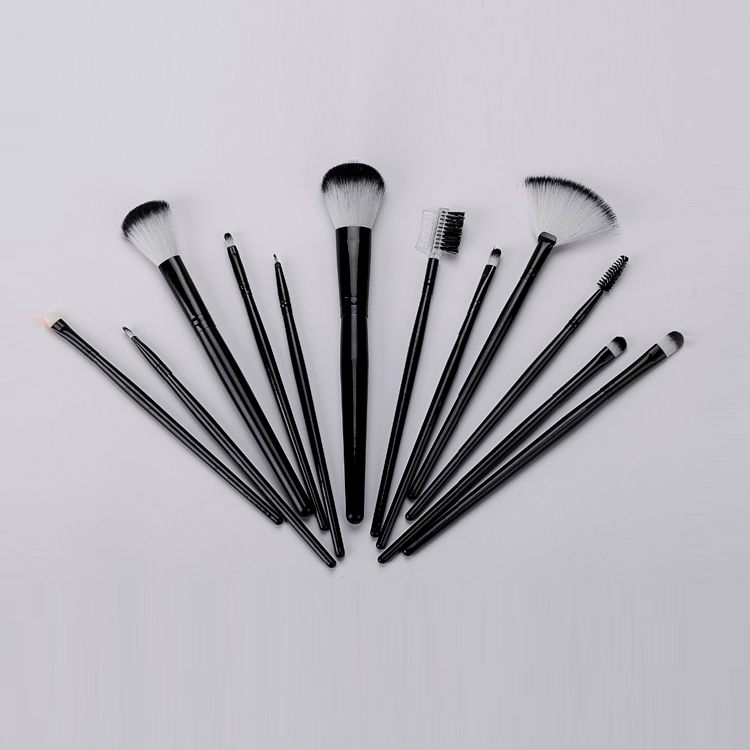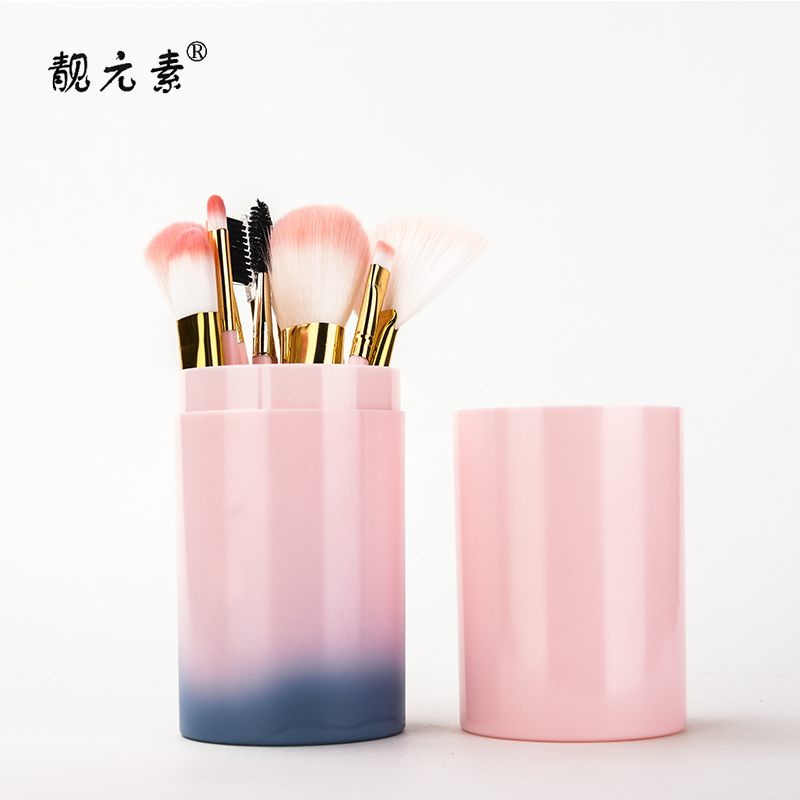Industry news
Japanese Brush Makers Pioneer Handcrafted Bristle Techniques for High-End Makeup Tools
- 820 Views
- 2025-07-28 01:31:39
Japanese Artisans Pioneer Handcrafted Bristle Techniques for High-End Makeup Tools
In the world of luxury beauty, Japanese handcrafted makeup brushes stand as icons of uncompromising quality. Beyond their sleek aesthetics, what truly sets them apart is the centuries-old bristle craftsmanship pioneered by generations of artisans—techniques that blend tradition, precision, and an intimate understanding of materials to redefine high-end makeup tools.
The story of Japanese bristle mastery traces back to the Edo period (1603–1868), when brush makers in regions like Kumano and Kyoto specialized in crafting tools for calligraphy and kabuki theater. Over time, these artisans adapted their skills to cosmetics, recognizing that the same attention to bristle texture and alignment could elevate makeup application from a routine to an art form. Today, many workshops remain family-run, with third- or fourth-generation craftsmen preserving techniques passed down through oral tradition and hands-on apprenticeship—no written manuals, just muscle memory honed over decades.

Central to this craft is the unwavering focus on natural materials. Unlike mass-produced brushes that rely on synthetic fibers, Japanese artisans source premium natural bristles: togichi goat hair (sourced from the cold climates of Hokkaido for its ultra-soft, tapered tips), horse mane (valued for its springy resilience), and even rare mink hair for ultra-luxury lines. These materials are chosen not just for their feel but for functional superiority: natural bristles hold powder evenly, distribute product smoothly, and adapt to skin’s contours—qualities synthetic fibers, despite advancements, struggle to replicate.
The magic, however, lies in the handcrafting process. Each step, from “tebiki” (separating hairs by hand to remove impurities) to “kushige” (combing and aligning bristles to ensure uniform length and taper), is done manually. Artisans use bamboo combs and bone tools, relying on touch to gauge bristle density—a skill that takes 10+ years to master. The final step, “tataki” (binding the brush head), involves wrapping bristles with silk thread and securing them with natural glue, ensuring the head retains its shape for years. This labor-intensive approach means a single high-end brush can take 3–5 hours to make, compared to minutes for machine-produced alternatives.

What makes these techniques pioneering isn’t just their tradition—it’s their ability to evolve. Modern artisans blend age-old methods with subtle innovations: using microscopes to inspect bristle tips for uniformity, or 3D scanning to optimize brush head shape for specific products (e.g., angled blush brushes for precise contouring). This marriage of old and new ensures Japanese brushes meet the demands of today’s luxury brands, which prioritize both heritage storytelling and performance.
The result? A product that commands a premium in global markets. Brands like Shiseido and Chikuhodo collaborate with these artisans, while independent workshops like Hakuhodo have built cult followings among makeup artists and enthusiasts. Consumers, increasingly drawn to “slow beauty” and sustainability, are willing to invest in brushes that last a decade or more—far longer than synthetic alternatives—and align with eco-conscious values (natural materials biodegrade, and artisanal production reduces carbon footprints).
In an industry often dominated by fast fashion and mass production, Japanese handcrafted bristle techniques remind us that true luxury lies in mastery. These artisans don’t just make brushes; they preserve a legacy—one bristle at a time.











